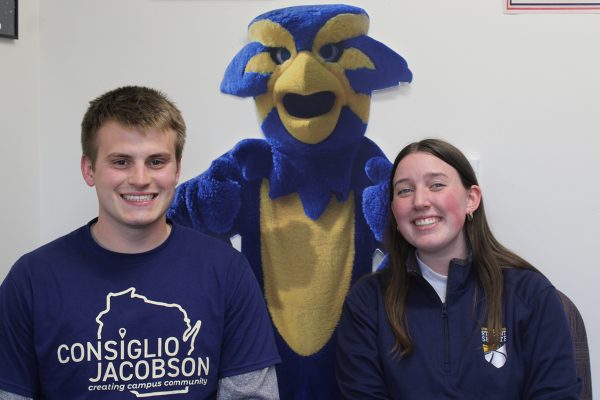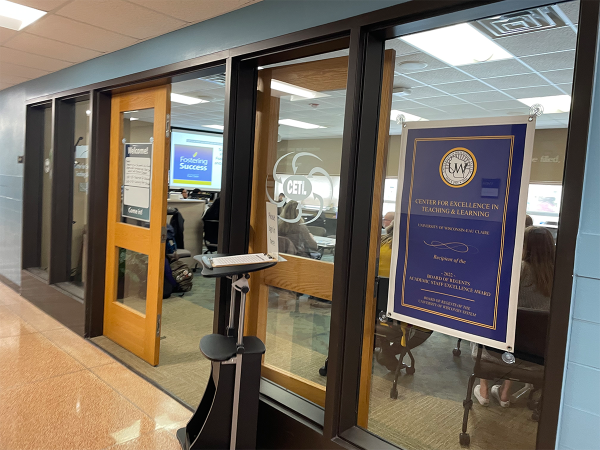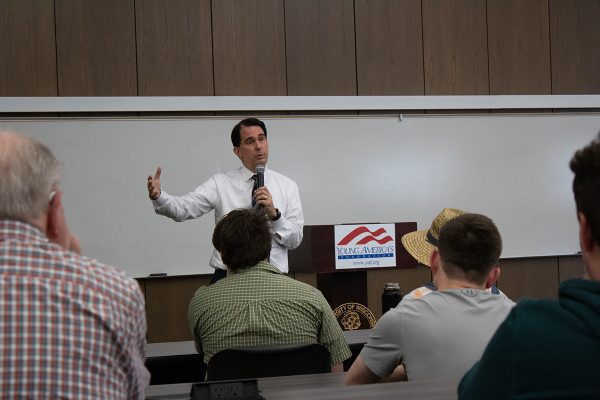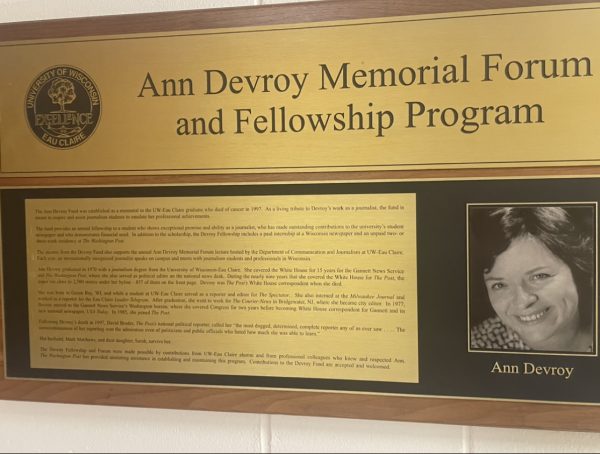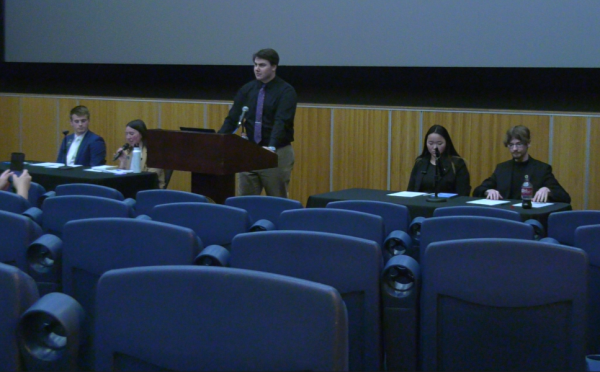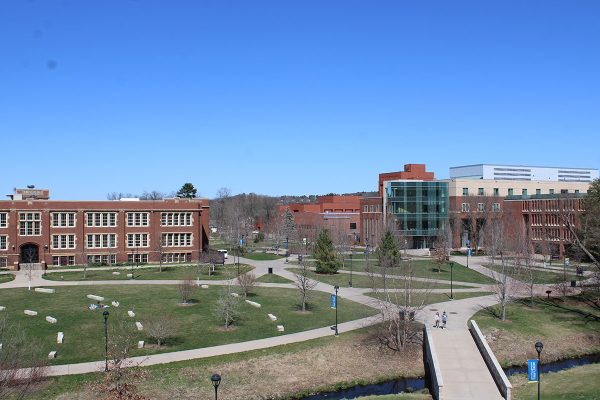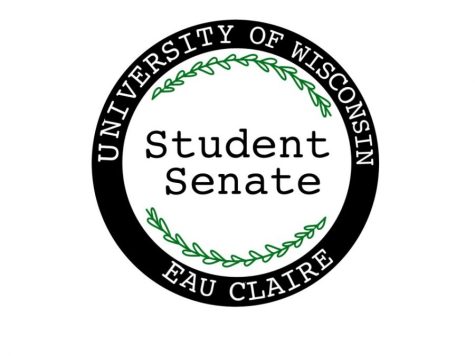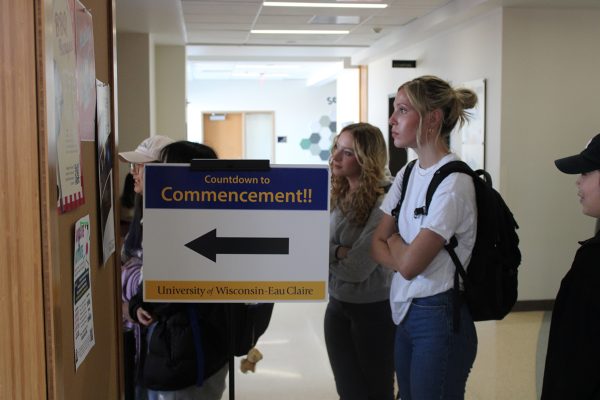Senate approves plans for campus signs
Plans created for compost intructions and money for digital signs
April 16, 2014
Student Senate approved $27,495 in student fees to buy a site license for Visix, a software which regulates and manages digital signs on campus.
Christian Paese, the information technology commission director, introduced the bill last week, which was approved unanimously by Senate.
Paese said in addition to working toward university goals of developing directions for visitors navigating campus, having the software will allow the university to control all aspects of the signage and individualize it for each building.
“It just comes down to having a more standard system,” Paese said. “Instead of this building having this software, and this other building having this software.”
Now that the software has been approved, the signs can be updated and new ones will be gradually added to other buildings.
Paese said the system is a partnership between Learning and Technology Services, the Information Technology Commission and University Centers, and each will be monitoring different building types.
Compost Signs
The Student Office of Sustainability has been approved to start developing signs with instructions for composting in the Davies Center.
Emy Marier, the director of the student office of sustainability, said the current composting system in the Davies Center is not clearly labeled, which leads to large amounts of waste and impure compost.
She said what goes into each bin has not been clearly explained and because of this the students don’t use them correctly.
“The difference between a square and a circle is not something students know right now,” Marier said.
The Student Office of Sustainability was proposed the changes by two students working on a liberal studies capstone project addressing the efficiency of the Davies Center composting.
This is similar to the student developed project on the Single Stream containers that are in place around campus.
Marier said having the signage in the Davies Center would drastically increase the purity of the compost and help the building become more sustainable, and if the signs can be implemented in Davies they can look at Hilltop Center next.
She said if University Centers is unwilling to develop its own signs, the Student Office of Sustainability will look at developing them for their approval and funding it out of their budget, as it helps reach broader goals.
“If we can have signage that educates on what can and cannot be composted, that’s an educational goal for students leaving the university,” Marier said.
Blugold Commitment
Senate voted to support a spending plan for frozen Blugold Commitment funds unopposed, Monday.
The Blugold Commitment, now a $900 charge on top of tuition, disperses cash for programs aimed at raising Eau Claire’s 23 percent four-year graduation rate and dealing more students into off-campus experiences like study abroad.
But the Blugold Commitment is in limbo after state lawmakers passed a tuition freeze in the state budget last summer.
Student Senators met with lawmakers this year to explain why the Blugold Commitment — also known as a differential tuition charge — is different from similar plans at other schools and should be unfrozen.
Students outnumber administrators on committees that decide where Blugold funds go. That’s the main argument for thawing the Blugold Commitment, Eau Claire provost Patricia Klein said. At other UW-System schools, students have less say in how their fees are spent.
Klein said students and staff can keep trying to convince lawmakers that the Blugold Commitment is different.
“We’re doing everything we can,” Klein said. “But when students explain it without my prompting, that’s when it’s most effective.”
Because the last stage of Blugold funds didn’t go into effect this year, Student Senate didn’t make changes to the plan. Programs that were funded under the plan this year will get funding next year.
The Blugold Commitment aims to attack Eau Claire’s graduation rate through more staffing for high-demand classes and funding for freshman four-year graduation plans.
Klein said despite the freeze, the university will still be able meet its graduation goals within its 10-year time limit.
“I’m very confident,” Kleine said. “And I’m a statistician.”

